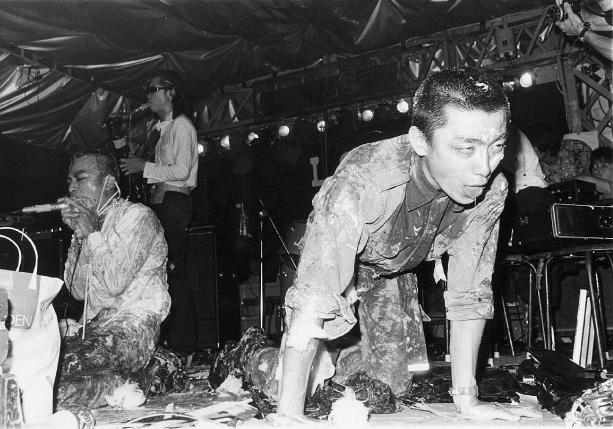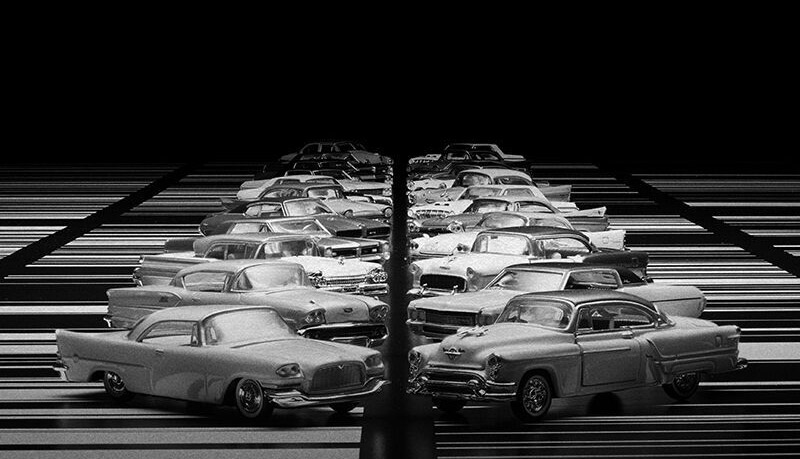How We Built 100 Sine Wave Synthesizers With Ryoji Ikeda
Tatsuya Takahashi takes us behind the scenes of Ikeda’s A [For 100 Cars]
In October 2017, Red Bull Music Academy and Ryoji Ikeda presented the world’s largest synth orchestra. The project brought together 100 car owners from Los Angeles, who played their car soundsystems via a sine wave synthesizer that Ikeda developed in collaboration with RBMA’s Tatsuya Takahashi and Berlin-based firm E-RM Erfindungsbüro. In advance of the event, we asked Takahashi to walk us through the process of building the synthesizer.
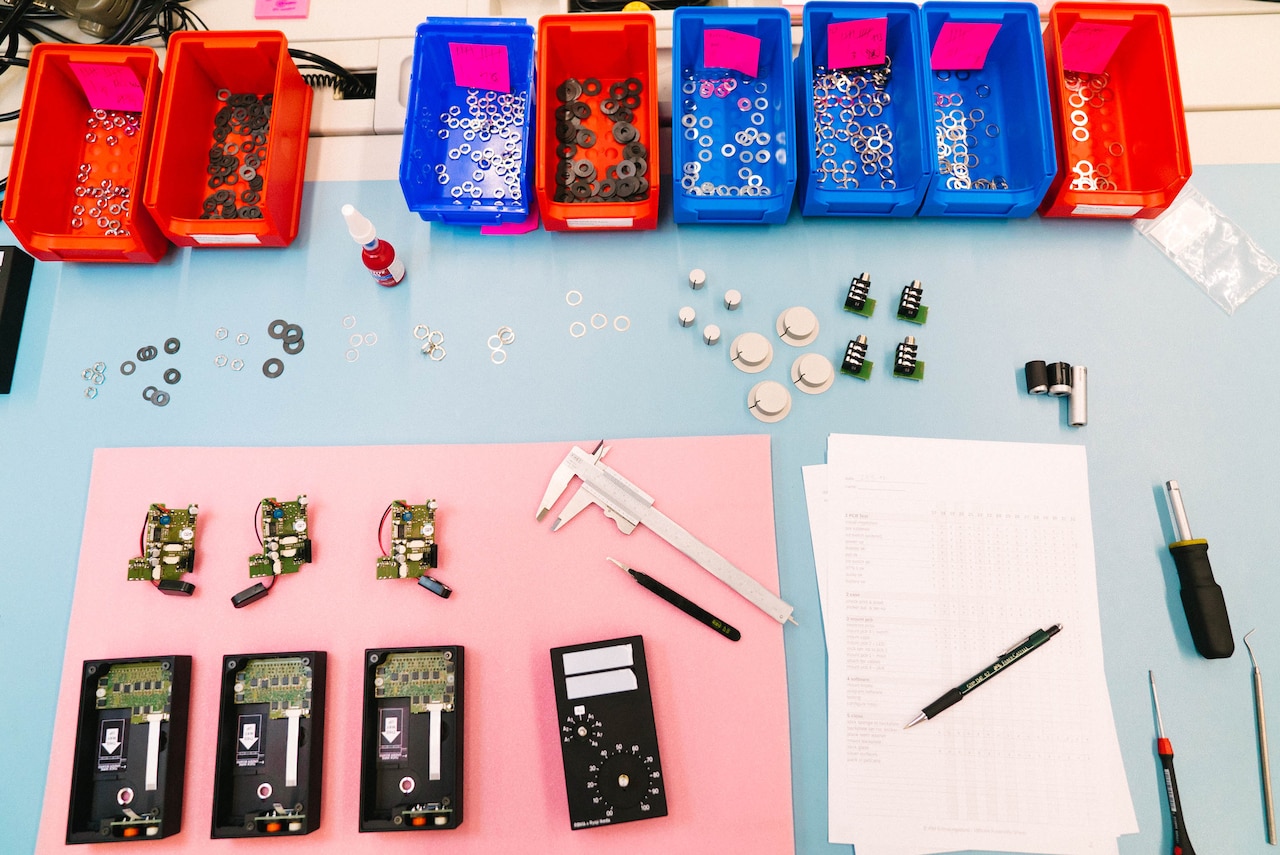
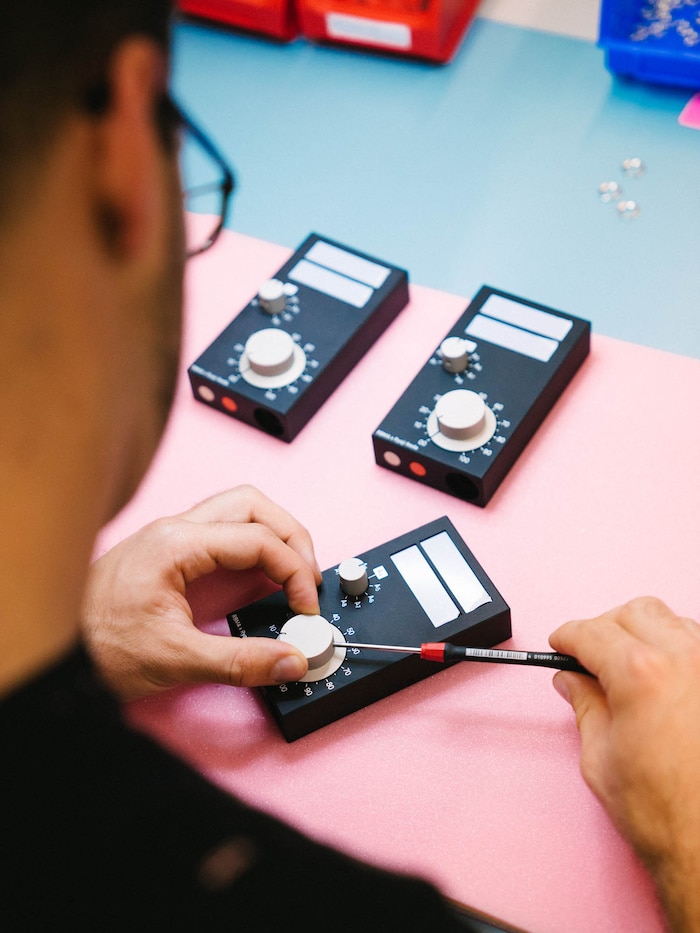
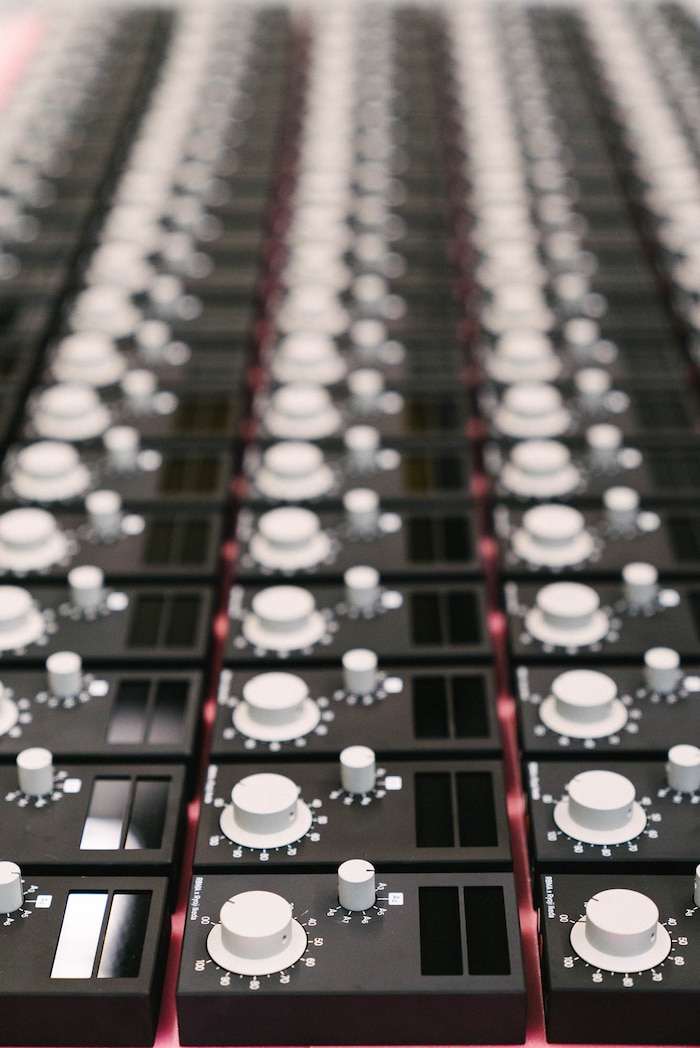
I am a synth engineer. I designed synthesizers at Korg as chief engineer and I am currently an advisor to them. I had several roles in this Ikeda project. The main one was experimenting and working with Ikeda to come up with the right features necessary for this specific performance. My other contributions were hardware architecture design and industrial design.
Ryoji Ikeda
Ikeda is the artist – he is the composer – and I am the tech guy. I make the electronics happen. This, for me personally, is a very exciting project because I have been a Ryoji Ikeda fanboy since my early 20s when I first heard his music. I think it was the album +/-. I think I heard it a few years after it was released and I was totally blown away by the extreme use of sounds. I changed my phone ringtone to a sine wave. I changed my computer desktop background to a black and white barcode, which was an encoded version of my own voice. I was really into that binary, extreme digital sound. It was a discovery for me, both in terms of the power of the sound and in terms of the visual impact that this binary art form has. Ten years on, being able to collaborate with Ikeda is an amazing experience for me.
Sine Wave Synthesizer
We’ve engineered this device just for this show. Having a background of producing or engineering synthesizers that are mass-produced, where you have to think about maybe tens of thousands of users, is very different to engineering while thinking about one specific artist and one specific show.
It’s a very simple device. In the history of Western music, various frequencies have been used for the note A. These days, A is standardized at 440 Hz, but frequencies varied over the course of the last few hundred years. We are building 100 devices, 100 sine wave generators, that will play the different versions of the note A at the same time.
You have volume control and also you have control over the octave, from A1 to A8. There’s also a timer so you can follow the score. As you can see, this is much, much simpler than anything you can find in a music tech store or anything off the shelf, and it’s very, very tailored to this specific show.
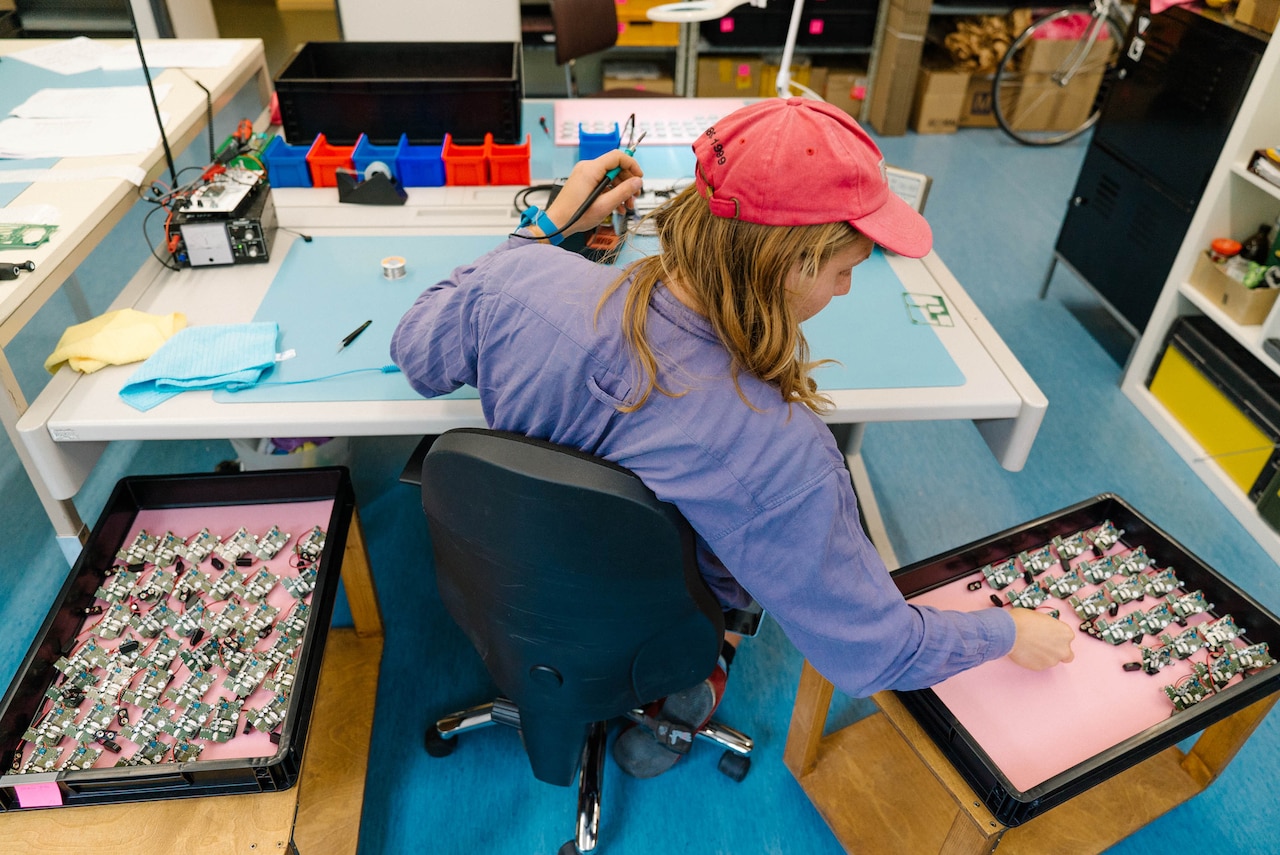
The device was designed, engineered, and manufactured with the help of a company in Berlin called E-RM Erfindungsbüro. Everything has been made from scratch, including all the electronics inside, the software, even the knobs. Nothing is actually straight off the shelf here. The development process and manufacturing has taken about three months up to this point.
We did our first tests with Ikeda and with the engineers together in Cologne and then we did some tests on actual cars with very, very powerful soundsystems. We had a laptop running Max for Live, playing sine waves at various frequencies, and tested how sine waves would interact with each other coming from such big soundsystems as well as in open air. This gave direction to the composition and what kind of controls we should have on the device – how it should feel like in your hand, how big the knobs should be, how clear the visual feedback should be.

Sine Waves
Sine waves are very interesting because they only have one frequency component. They are the simplest waveforms that exist. For example, if I clap my hands in this room, you would get the whole spectrum of the clap and you would get the reflections from the wall, you’d get the defraction around your head and you would get all this information. Even if I had my eyes closed, I would actually be able to tell roughly how big the room was, what the surface of the walls were made out of, where the clap was actually made and maybe how big the hands were.
There’s so much information in that little bit of sound that humans can decipher. With sine waves, you would’t be able to tell what kind of room you’re in – if you had your eyes closed – because there is so little information in them.
When we start to combine two [of the waves], we’re introducing a little bit of information in there that will work with human psychoacoustics and give an illusion of movement. Even with just two sine waves, we get a wealth of different feelings and different illusions. We don’t actually know how it’s gonna work with 100 sine waves playing at the same time from 100 different cars in open air, so this is a very exciting project. I’m really looking forward to how it turns out.
